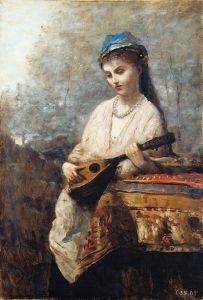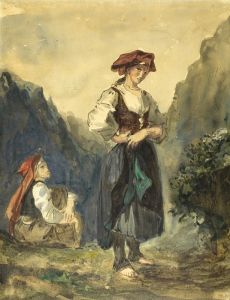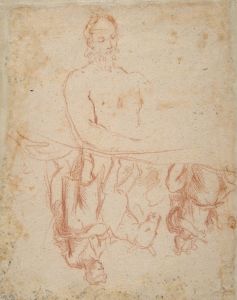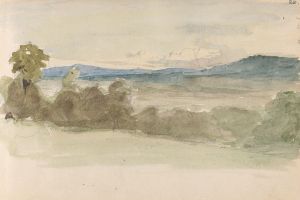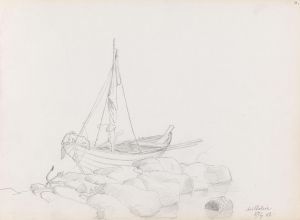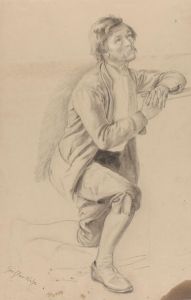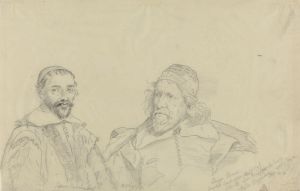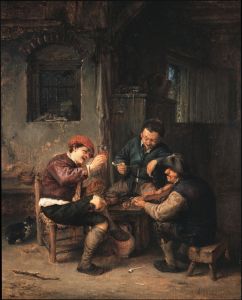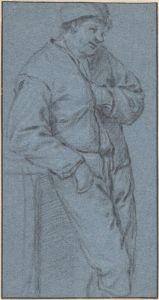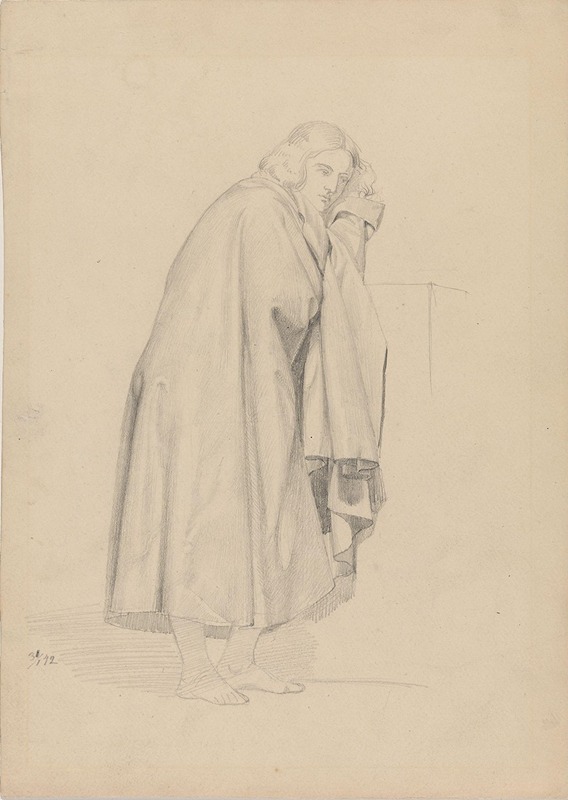
Stående yngling
A hand-painted replica of Adolph Tidemand’s masterpiece Stående yngling, meticulously crafted by professional artists to capture the true essence of the original. Each piece is created with museum-quality canvas and rare mineral pigments, carefully painted by experienced artists with delicate brushstrokes and rich, layered colors to perfectly recreate the texture of the original artwork. Unlike machine-printed reproductions, this hand-painted version brings the painting to life, infused with the artist’s emotions and skill in every stroke. Whether for personal collection or home decoration, it instantly elevates the artistic atmosphere of any space.
"Stående yngling" (Standing Youth) is a painting by the Norwegian artist Adolph Tidemand, who is renowned for his contributions to the Romantic Nationalism movement in Norway during the 19th century. Adolph Tidemand was born on August 14, 1814, in Mandal, Norway, and he became one of the most significant painters in Norwegian art history. His works often depicted Norwegian folk life, traditions, and landscapes, capturing the essence of the country's cultural heritage.
"Stående yngling" is one of Tidemand's notable works, although it is not as widely recognized as some of his other paintings, such as "Haugianerne" (The Haugeans) or "Brudeferden i Hardanger" (The Bridal Procession in Hardanger), which he co-painted with Hans Gude. The painting portrays a young man standing, which is suggested by the title. The exact date of creation for "Stående yngling" is not well-documented, but it is believed to have been painted during the mid-19th century, a period when Tidemand was actively producing works that highlighted Norwegian rural life and its people.
Tidemand's style is characterized by a detailed and realistic approach, often infused with a sense of romanticism. His ability to capture the human spirit and the everyday life of Norwegian people made his paintings resonate deeply with the public. "Stående yngling" exemplifies these qualities, showcasing Tidemand's skill in rendering human figures with a sense of dignity and presence.
The painting likely reflects Tidemand's interest in the Norwegian peasantry, a common theme in his oeuvre. His works often served as a visual documentation of Norwegian culture at a time when the country was experiencing a national awakening and a growing interest in its own identity, separate from Danish and Swedish influences. Through his art, Tidemand contributed to the preservation and celebration of Norwegian traditions and folklore.
Adolph Tidemand studied at the Academy of Fine Arts in Copenhagen and later at the Düsseldorf Academy, where he was influenced by the Düsseldorf School of painting. This movement emphasized meticulous detail, historical accuracy, and often romanticized depictions of historical and everyday scenes. Tidemand's education and experiences in Düsseldorf significantly shaped his artistic development and his approach to painting.
"Stående yngling" is a testament to Tidemand's dedication to portraying the Norwegian people with authenticity and respect. While specific details about the painting's provenance, current location, and critical reception are not readily available, it remains an important piece within Tidemand's body of work. His paintings continue to be celebrated for their contribution to Norwegian cultural history and their role in the national romantic movement.
In summary, "Stående yngling" by Adolph Tidemand is a painting that captures the essence of a young Norwegian man, reflecting the artist's broader interest in depicting the lives and traditions of his countrymen. Tidemand's work remains a significant part of Norway's artistic heritage, and "Stående yngling" contributes to our understanding of his artistic vision and the cultural context of 19th-century Norway.





